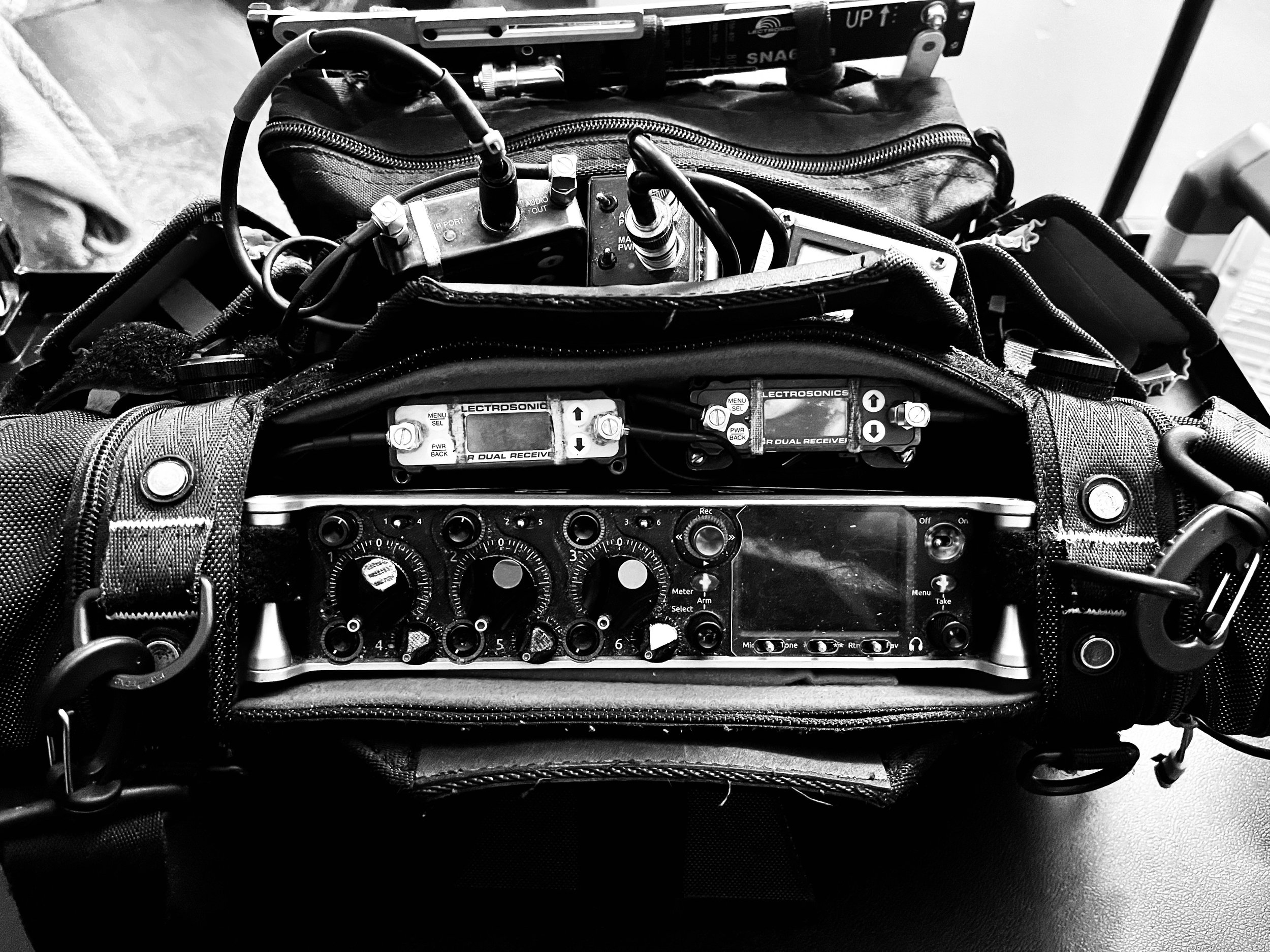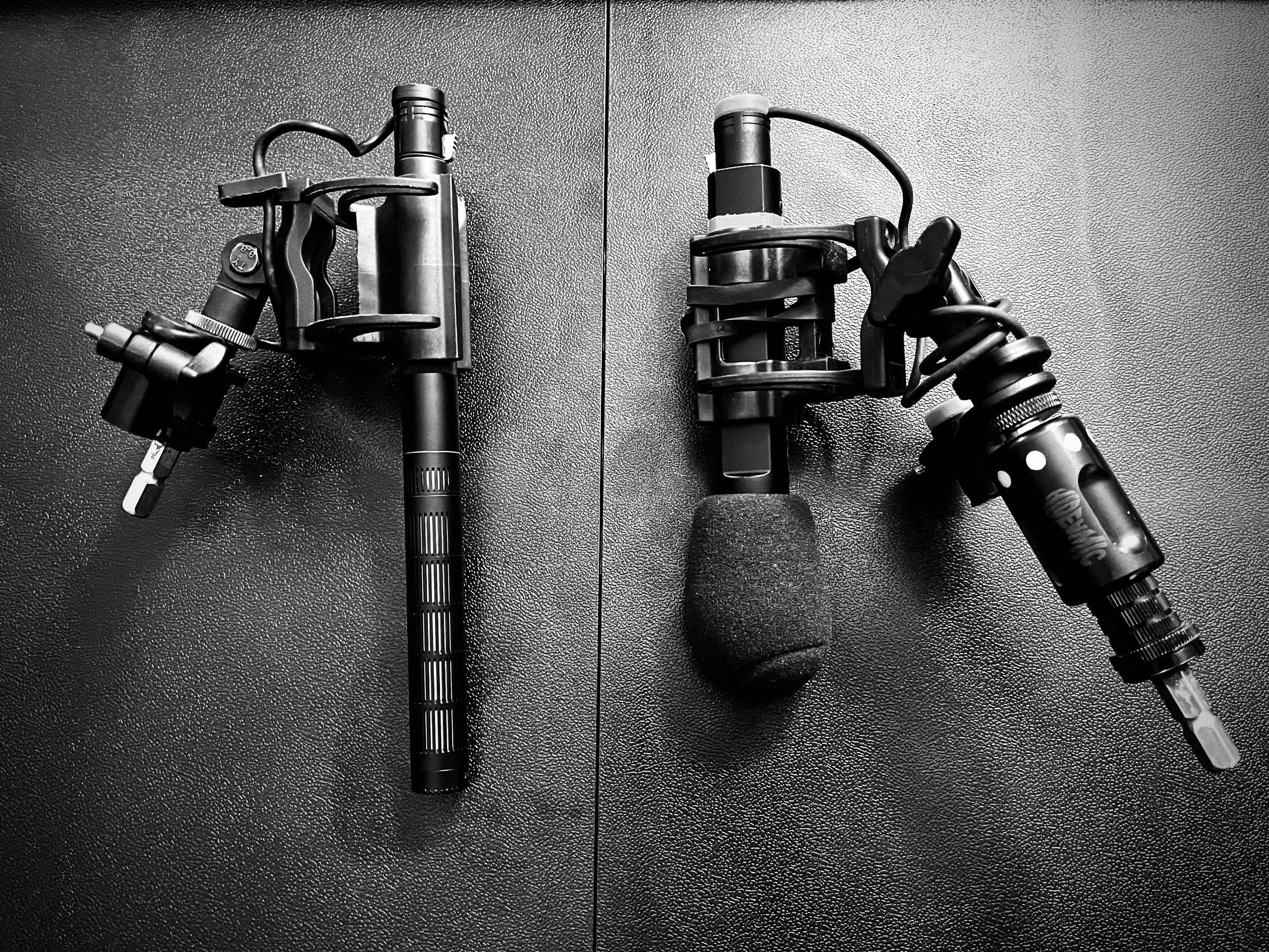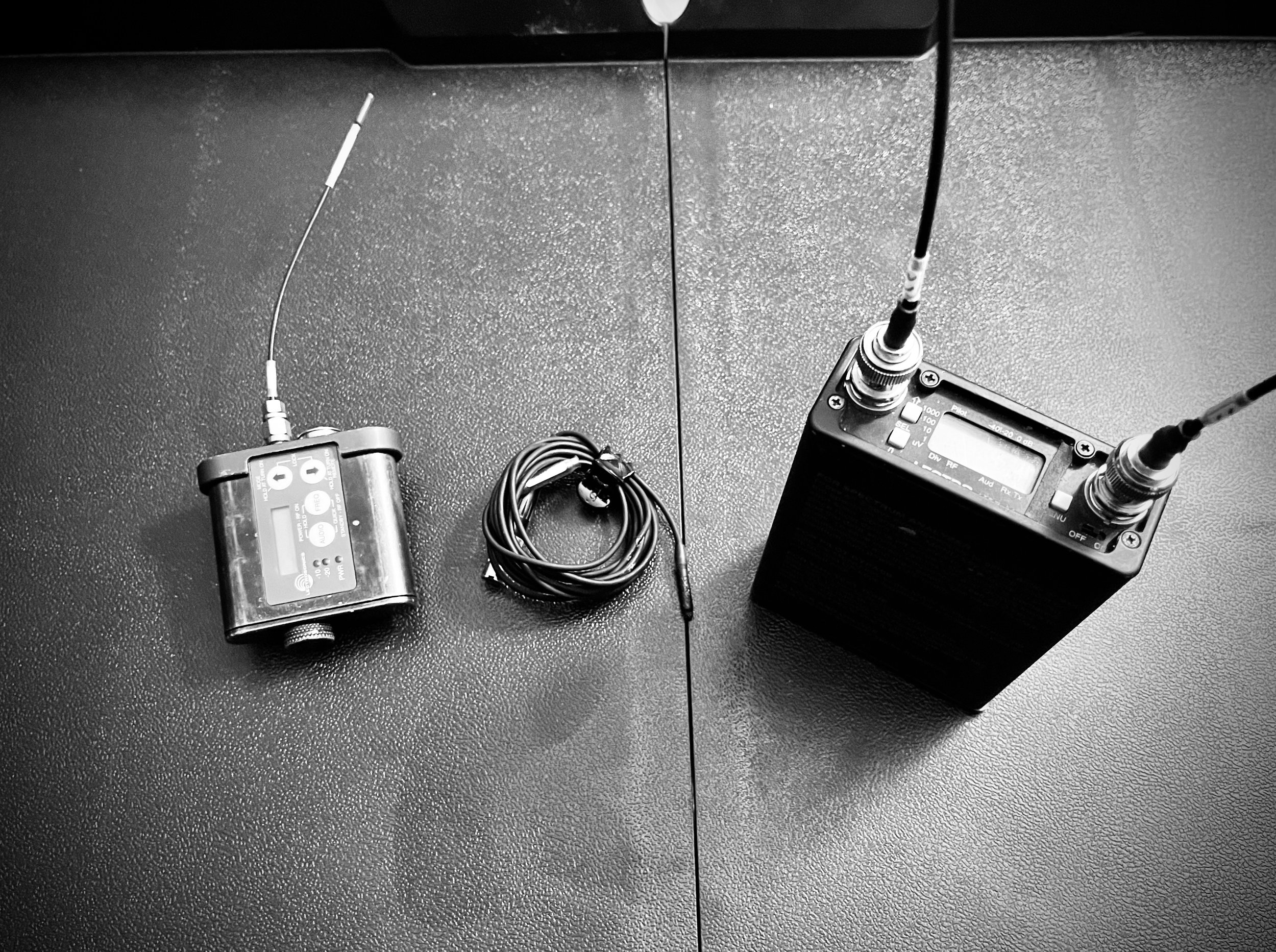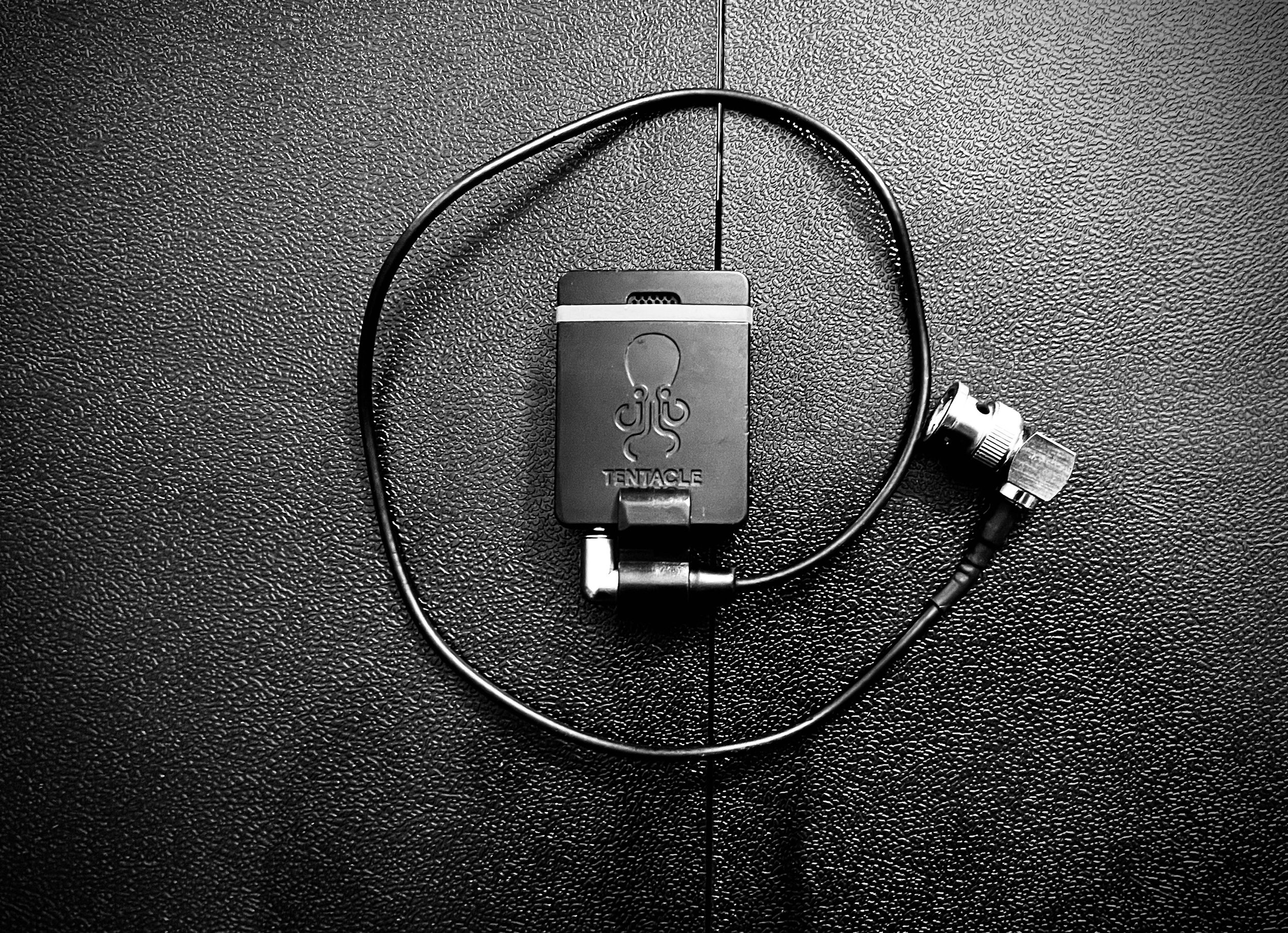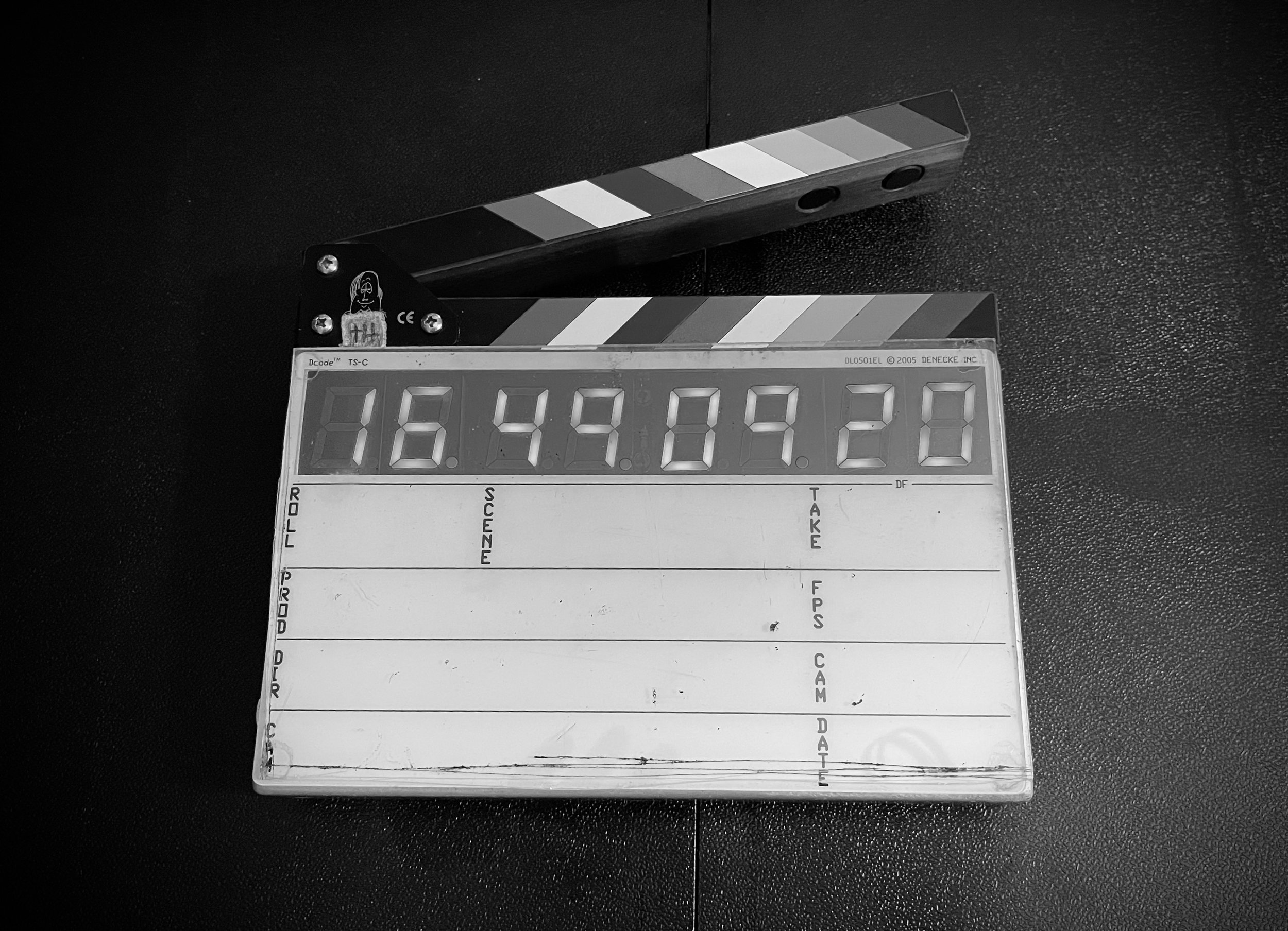Meet the Person
Ted Hogeman is a location sound mixer, sound designer, media editor, general all-around film person based near Washington DC, and the owner/operator of Orange Line Sound Design.
Having grown up in a State Department family, Ted has lived across seven countries and four continents. He most appreciates how working in film and media continues to allow him to set foot in many different worlds.
While he specializes in documentary work and corporate communications, the eclectic media environment of the DC area means that he’s also familiar with commercials, industrials, educational videos, and reality TV.
He has a particular soft spot for narrative filmmaking and short films, something you can see more of at the mixed-media storytelling project laughing with the storm.
Meet the Gear
Everything you ever wanted to know about sound equipment for film production (but may have been afraid to ask).
SOUND RECORDER
The heart of any proper sound package. A multitrack recorder creates both a simple two-track mix of all the audio sources used on set, while also recording each source to its own separate channel (often called an ISO), for maximum flexibility when it’s time to edit.
BOOM MICROPHONE
The classic microphone on a long stick. A high quality microphone wielded by a skilled operator can work wonders to capture the sound of a scene.
TALENT WIRELESS (LAV MIC)
A lavaliere microphone (commonly referred to as a ‘lav’) and bodypack wireless transmitter sending a signal to a bag or cart based wireless receiver.
Typically the microphone and transmitter are placed on actors, documentary subjects, or other on-camera talent. Lavs are essential for fast-paced, sometimes unpredictable sets with multiple on-camera talent, and as a key backup for the boom microphone.
CAMERA WIRELESS
A bag-based wireless transmitter that sends sound to a receiver mounted to the camera. Ensures that the camera receives the audio mix that the sound mixer is recording, to help with syncing sound to camera, allow for quick turnaround-times in the edit, or act as a backup to the audio recorded to the sound recorder.
Occasionally referred to as a ‘hop’.
TIMECODE SYNC BOX
A small, ultra-precise clock, synchronized with the sound recorder and mounted to the camera.
The clocks are synchronized down to the individual frame being recorded by the camera, which allows editors to quickly and easily match each camera clip to the relevant high quality sound files from the sound recorder (and multiple cameras to each other!), saving time and money in post-production.
TIMECODE SMART SLATE
A clapper slate with a built-in precise clock synchronized with the sound recorder.
A quick test to see if a Timecode Smart slate will work with your camera system: Can your camera record images? Then it can benefit from timecode by using a smart slate. Can your camera not record images? It may be time to get a new camera.
HEADSET
A bodypack wireless receiver and set of headphones to allow directors, producers, and others on set to listen to the audio being recorded on the sound recorder. Useful for documentary producers who may want to track the story while keeping their distance, script supervisors checking to make sure dialogue is said correctly, or anyone else who wants to listen in.
Also called ‘comteks’ (which is a specific brand of headset - think Xerox), IFBs, ‘ears’, and comms by some.



